Imagine stepping into your garden and being greeted by the fresh, citrusy scent of lemon balm, a versatile herb that’s as easy to grow as it is delightful to use. Whether you’re a beginner or a seasoned gardener, planting lemon balm seeds is a rewarding way to elevate your herb garden. This fragrant perennial, known for its calming properties and culinary versatility, thrives with minimal effort, making it a must-have for any plant enthusiast. In this comprehensive guide, we’ll walk you through every step of growing lemon balm from seed, share expert tips, and troubleshoot common issues to ensure your garden flourishes. Ready to transform your backyard into a fragrant oasis? Let’s dive in!
What is Lemon Balm? Understanding This Fragrant Herb 🌸
History and Background of Lemon Balm
Lemon balm (Melissa officinalis), a member of the mint family, has been cherished for centuries across Europe and the Mediterranean. Its name, derived from the Greek word for “honey bee,” reflects its ability to attract pollinators. Historically, herbalists used lemon balm to soothe nerves, aid digestion, and even treat wounds. Today, it remains a staple in herbal medicine and culinary arts, valued for its lemony aroma and gentle flavor.
Benefits of Growing Lemon Balm
Why grow lemon balm? Beyond its delightful scent, this herb offers a range of benefits:
- Culinary Uses: Add fresh leaves to salads, teas, or desserts for a zesty kick.
- Medicinal Properties: Known for its calming effects, lemon balm may reduce stress, improve sleep, and support digestion. Some studies suggest antiviral properties, though always consult a healthcare professional before medicinal use.
- Garden Benefits: Lemon balm attracts bees and butterflies while repelling pests like mosquitoes, making it a natural ally for your garden.
Choosing the Right Lemon Balm Seeds 🌟
Types of Lemon Balm Seeds
Not all lemon balm seeds are created equal. Common varieties include standard lemon balm and variegated types like ‘Aurea’ with golden foliage. When selecting seeds:
- Organic Seeds: Free from pesticides, ideal for eco-conscious gardeners.
- Heirloom Seeds: Non-hybrid, ensuring true-to-type plants for future propagation.
- Hybrid Seeds: May offer disease resistance but less predictable traits.
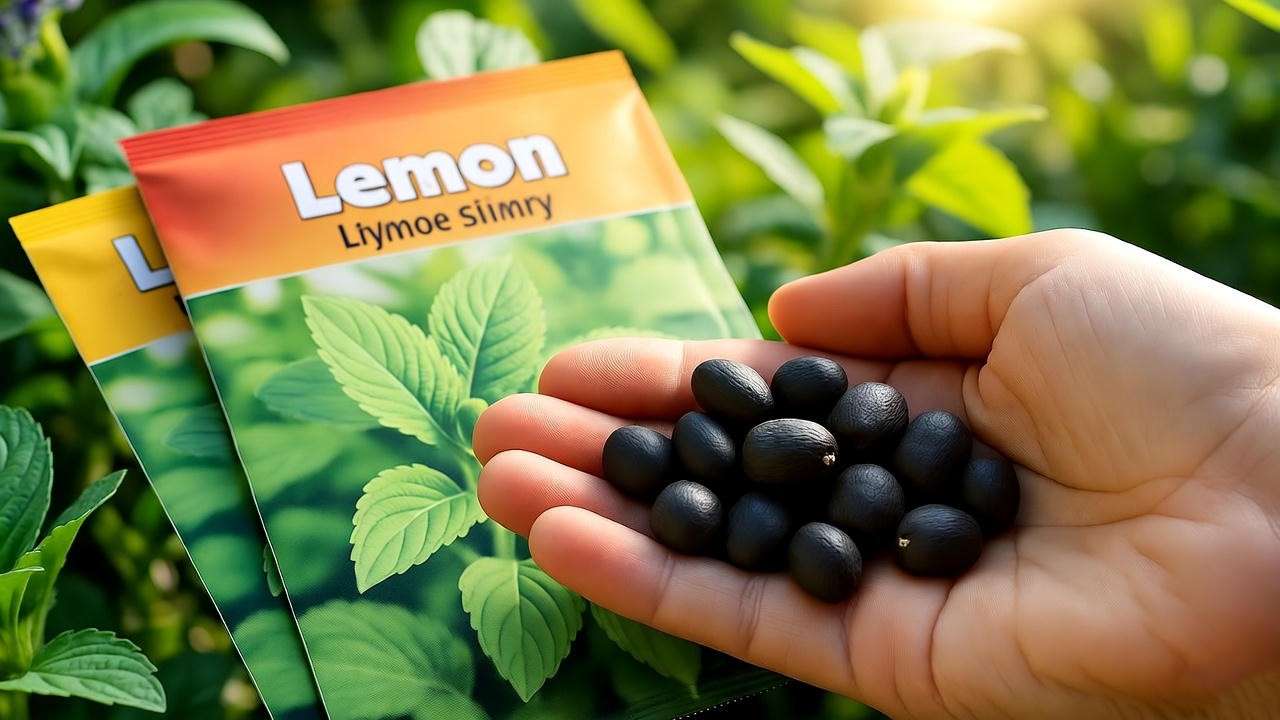
Where to Buy High-Quality Seeds
Purchase seeds from reputable sources like local nurseries, botanical gardens, or trusted online retailers such as Seed Savers Exchange or Burpee. Look for seeds with a high germination rate (typically 70–90%) and check packaging for harvest dates to ensure freshness. Expert Insight: Always store seeds in a cool, dry place to maintain viability.
When and Where to Plant Lemon Balm Seeds ⏰
Ideal Planting Seasons
Timing is key for successful germination. In most climates (USDA hardiness zones 3–7), spring (after the last frost) or early fall is ideal for planting lemon balm seeds. Spring planting allows seedlings to establish before summer heat, while fall planting gives roots time to develop before winter dormancy. Check your local frost dates to plan accordingly.
Choosing the Perfect Location
Lemon balm thrives in:
- Sunlight: Full sun (6–8 hours daily) or partial shade, especially in hot climates.
- Soil: Well-draining, loamy soil with a pH of 6.5–7.5. Test your soil with a home kit for accuracy.
- Space: Allow 12–18 inches between plants, as lemon balm can spread vigorously. Pair it with companion plants like tomatoes or roses for natural pest control.
Step-by-Step Guide to Planting Lemon Balm Seeds 🌱
Step 1: Preparing the Soil
Healthy soil sets the foundation for thriving plants. Test your soil’s pH and amend with compost or aged manure to boost nutrients. Ensure good drainage to prevent root rot. For heavy clay soils, mix in sand or perlite to improve texture.
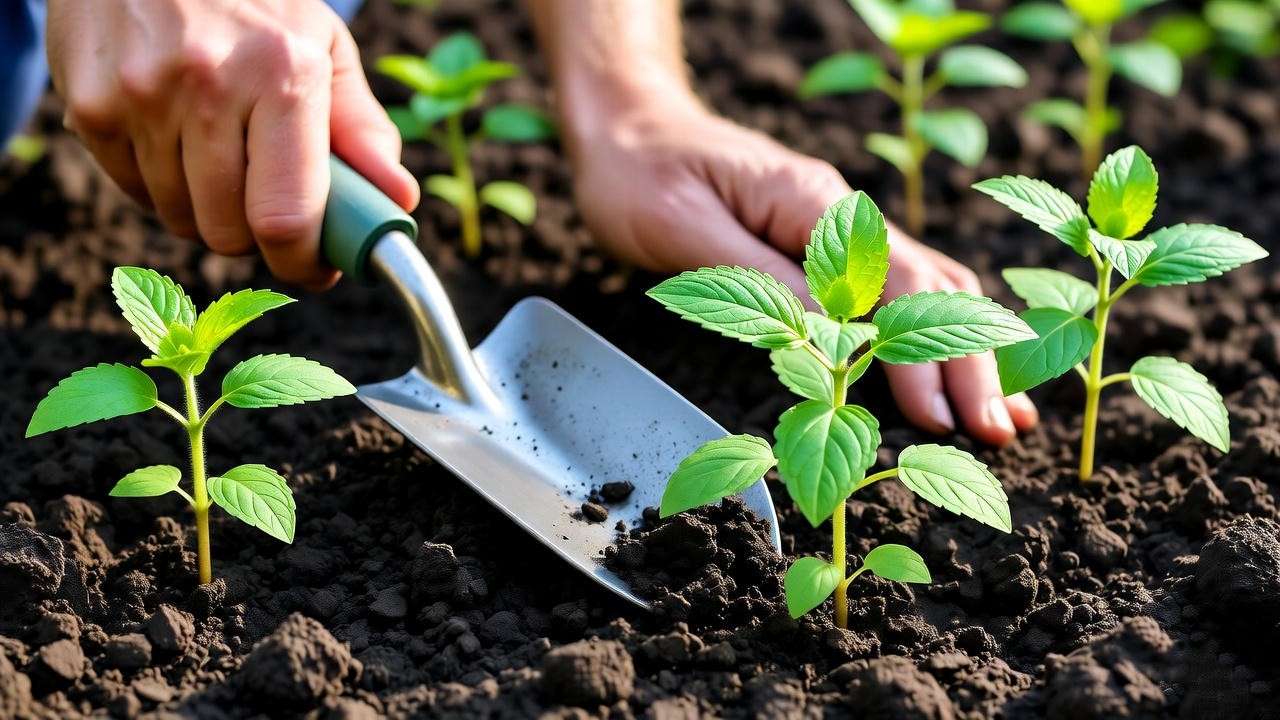
Step 2: Sowing the Seeds
You can start lemon balm seeds indoors or sow directly in the garden:
- Indoors: Start 6–8 weeks before the last frost in seed trays with a seed-starting mix. Sow seeds ¼ inch deep, spacing them 1 inch apart. Keep trays in a warm (70–75°F), sunny spot.
- Outdoors: After the last frost, scatter seeds on prepared soil and lightly press them in without covering, as lemon balm seeds need light to germinate. Space rows 12–18 inches apart.
- Expert Tip: Mist the soil gently to avoid displacing tiny seeds.
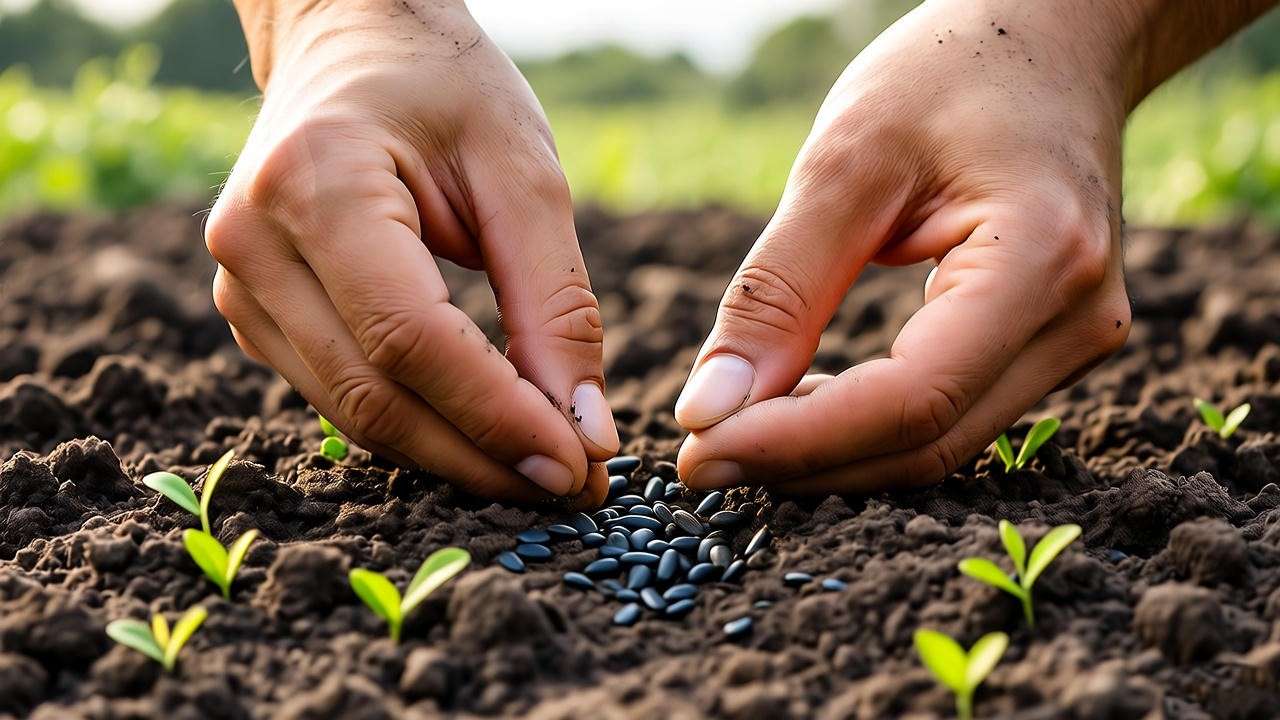
Step 3: Watering and Germination
Keep the soil consistently moist but not soggy during germination (7–14 days). Use a spray bottle for indoor trays to prevent overwatering. If seeds don’t sprout, check for:
- Insufficient light exposure.
- Incorrect soil temperature (below 65°F).
- Old or low-quality seeds.
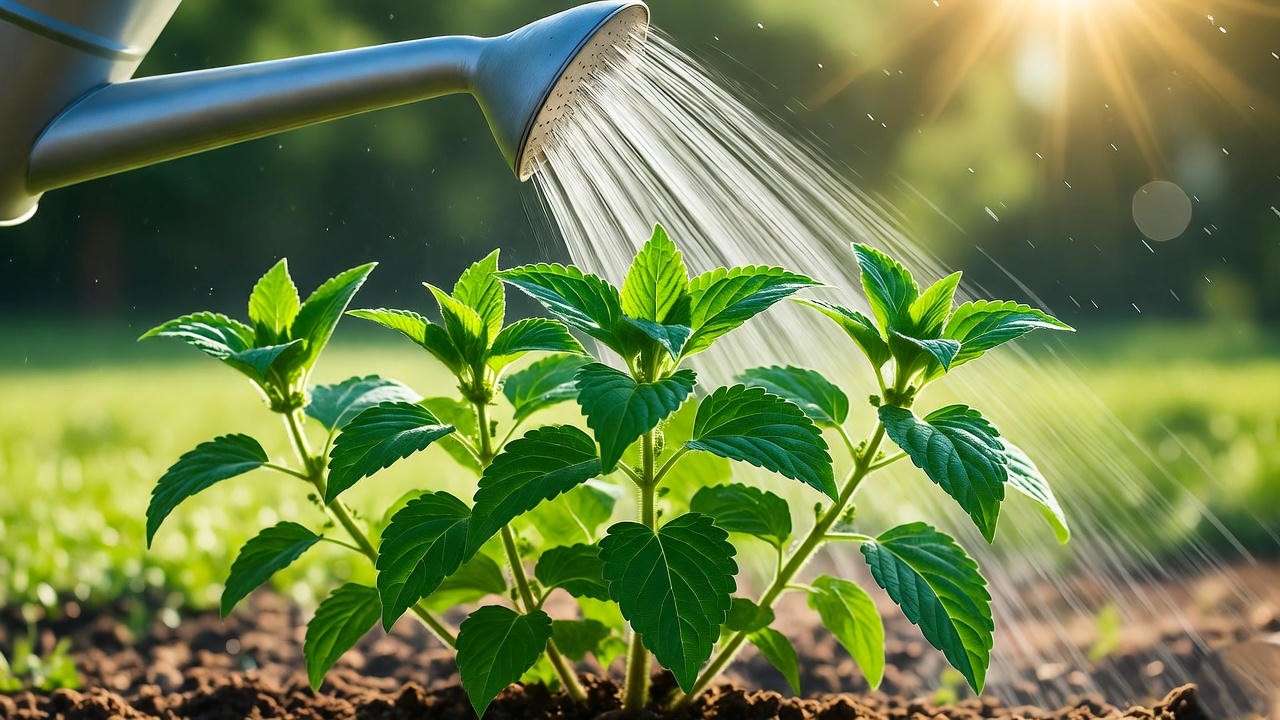
Caring for Lemon Balm Seedlings 🌿
Watering and Feeding
Once seedlings emerge, water regularly to keep soil moist but not waterlogged. Overwatering can lead to root rot, so ensure proper drainage. Fertilize sparingly with a balanced organic fertilizer (e.g., 10-10-10) every 4–6 weeks during the growing season.
Thinning and Transplanting
When seedlings reach 2–3 inches tall, thin them to 12–18 inches apart to prevent overcrowding. For indoor-started plants, transplant outdoors after hardening off (gradually exposing them to outdoor conditions over 7–10 days). Dig a hole slightly larger than the root ball, place the seedling, and firm the soil gently.
Protecting Seedlings from Pests and Diseases
Lemon balm is relatively pest-resistant but watch for:
- Aphids: Spray with a neem oil solution (1 tsp per quart of water).
- Spider Mites: Increase humidity and use insecticidal soap.
- Fungal Issues: Avoid overhead watering and ensure good air circulation to prevent powdery mildew.
Long-Term Care for a Thriving Lemon Balm Plant 🌞
Pruning and Harvesting
Regular pruning encourages bushy growth and prevents legginess. Trim back by one-third in early summer to promote new shoots. Harvest leaves in the morning when essential oils are strongest, using scissors to cut just above a leaf node. Start harvesting once plants reach 6–8 inches tall, but never remove more than 50% of the foliage at once.
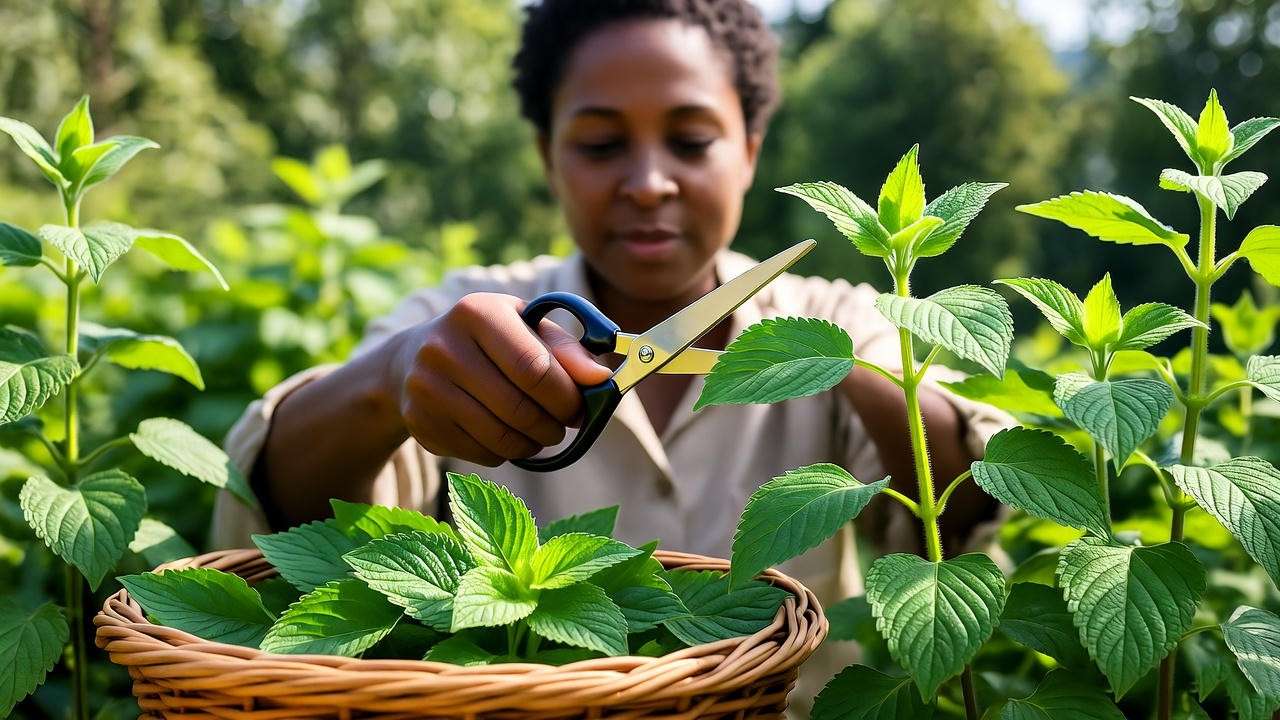
Managing Lemon Balm’s Spreading Habit
Lemon balm’s mint-like spreading can become invasive if unchecked. To control it:
- Grow in containers with drainage holes.
- Install root barriers in garden beds.
- Remove flower heads before they set seed to prevent self-sowing.
Winter Care and Perennial Maintenance
In zones 3–7, lemon balm is a hardy perennial. In colder climates, mulch around the base with straw or leaves to protect roots from freezing. Every 2–3 years, divide mature plants in spring to rejuvenate growth and prevent overcrowding.
Creative Uses for Your Lemon Balm Harvest 🍵
Once your lemon balm plants are thriving, you’ll have an abundance of fragrant leaves to enjoy. This versatile herb shines in culinary, medicinal, and household applications, making it a valuable addition to any home. Here’s how to make the most of your harvest:
Culinary Applications
Lemon balm’s bright, citrusy flavor elevates a variety of dishes. Here are some ideas to inspire your kitchen creativity:
- Lemon Balm Tea: Steep 1–2 tablespoons of fresh or dried leaves in hot water for 5–10 minutes. Add honey for a soothing, aromatic drink perfect for relaxation.
- Pesto and Sauces: Blend lemon balm with basil, garlic, olive oil, and pine nuts for a zesty pesto. Use it as a spread or pasta sauce.
- Desserts and Garnishes: Chop fresh leaves to sprinkle over fruit salads, sorbets, or cakes for a refreshing twist.
- Recipe Example: Lemon Balm Infused Oil
- Fill a jar with fresh lemon balm leaves (washed and dried).
- Cover with olive oil, seal, and let sit in a cool, dark place for 2 weeks.
- Strain and use for salad dressings or marinades.
Medicinal and Home Remedies
Lemon balm has been used for centuries in herbal medicine for its calming and digestive benefits. While scientific research is ongoing, many swear by its gentle effects. Always consult a healthcare professional before using lemon balm for medicinal purposes. Popular remedies include:
- Tinctures: Soak leaves in alcohol (e.g., vodka) for 4–6 weeks to create a concentrated extract for stress relief.
- Soothing Salves: Combine infused lemon balm oil with beeswax for a balm to ease minor skin irritations.
- Herbal Baths: Add a handful of dried leaves to a muslin bag and steep in a warm bath for a relaxing soak.
Garden and Household Uses
Lemon balm’s natural properties extend beyond the kitchen and medicine cabinet:
- Pest Repellent: Plant lemon balm near vegetables or flowers to deter mosquitoes and gnats. Alternatively, rub fresh leaves on skin as a natural repellent.
- Potpourri and Sachets: Dry leaves and mix with lavender or rose petals for fragrant sachets to freshen drawers or closets.
- Compost Booster: Add excess trimmings to your compost pile to enrich it with organic matter.
Common Mistakes to Avoid When Planting Lemon Balm Seeds 🚫
Even experienced gardeners can make missteps when growing lemon balm. Avoid these pitfalls to ensure success:
- Overwatering: Soggy soil leads to root rot. Water only when the top inch of soil feels dry, and ensure proper drainage.
- Poor Soil Preparation: Skipping soil testing can result in nutrient deficiencies or improper pH. Always amend soil with compost for optimal growth.
- Planting Too Deep: Lemon balm seeds need light to germinate. Sow them no deeper than ¼ inch or lightly press into the soil surface.
- Ignoring Invasiveness: Without control measures, lemon balm can overtake your garden. Use containers or deadhead flowers to limit spreading.
FAQs About Planting Lemon Balm Seeds ❓
To address common reader questions and boost SEO, here are answers to frequently asked questions about growing lemon balm:
- How long does it take for lemon balm seeds to germinate?
Typically, 7–14 days under ideal conditions (70–75°F, moist soil, and light exposure). - Can lemon balm grow in containers?
Yes! Use a pot at least 12 inches wide with drainage holes to control spreading. - Is lemon balm safe for pets?
Lemon balm is generally non-toxic to cats and dogs in small amounts, but consult a veterinarian if your pet consumes large quantities. - How do I prevent lemon balm from spreading too much?
Grow in containers, use root barriers, or remove flower heads before they seed. - What are the best companion plants for lemon balm?
Pair with tomatoes, roses, or other herbs like basil to enhance garden health and pest control.
Expert Tips for a Lush Lemon Balm Garden 🌼
Elevate your lemon balm game with these professional insights:
- Companion Planting: Place lemon balm near tomatoes or roses to repel pests naturally while attracting pollinators like bees.
- Mulching: Apply a 2-inch layer of organic mulch (e.g., straw or bark) around plants to retain moisture and suppress weeds.
- Rotating Locations: Every few years, relocate lemon balm to new garden spots to prevent soil depletion and maintain vigor.
- Sustainable Practices: Opt for organic seeds and natural pest control methods, like neem oil, to create an eco-friendly garden.
Conclusion: Start Your Lemon Balm Journey Today! 🚀
Planting lemon balm seeds is a simple yet rewarding way to add beauty, fragrance, and utility to your herb garden. With its easy-growing nature, culinary versatility, and natural pest-repelling qualities, lemon balm is a must-have for gardeners of all skill levels. By following this step-by-step guide, you’ll cultivate thriving plants that provide fresh leaves for teas, remedies, and more. Ready to get started? Grab your seeds, prepare your soil, and watch your garden come alive with the zesty charm of lemon balm! Share your growing tips or favorite lemon balm recipes in the comments below, and explore our other articles on herb gardening for more inspiration.













